Journey to the future
![{[downloads[language].preview]}](https://www.rolandberger.com/publications/publication_image/ta39_en_covers_1_final_download_preview.jpg)
What if we could journey to the future to gain insights for 2050 and beyond? Think:Act gives you a playbook for the future to adapt, survive and thrive.
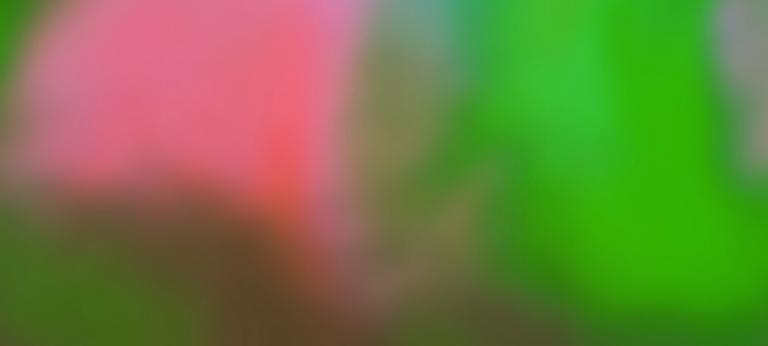


by Steffan Heuer
Photo by Daniel Berman
Nathan Myhrvold, Microsoft's first chief technical officer and a genius in his own right, is now applying his scientific mind to the secrets of the kitchen. Here the polymath explains why preparing dazzling dishes can teach managers how to infuse the basics with creativity.
When Nathan Myhrvold sets his mind on getting to the bottom of an interesting problem, he spares no expense or effort to do just that. Some have even compared the elaborate test kitchen of the former Microsoft CTO to the lab of James Bond's gadget master Q. It measures roughly 85,000 square feet of space and includes not just all the high-end cooking equipment any chef could wish for – there are also tools for material tests normally performed by chemists or biologists and a whole machine shop for metalwork or 3D-printing molds for porcelain plates. Not to mention an array of cameras and lights to capture close-ups of ingredients in various states of preparation and whole kitchen appliances sawed in half.
Custom-fabricating a pizza pan in the shape of Italy was one of the easier tasks, Myhrvold says during the interview, where we met in the middle of his cabinet of culinary wonders and enjoyed a wide-ranging conversation from choosing the right flour to building the right team.
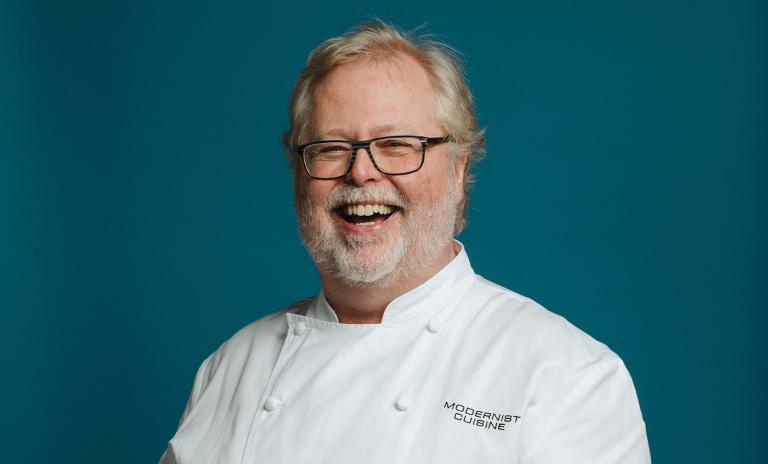
Modernist Cuisine, your book project, was initially supposed to be just a single book about sous vide cooking running to a few hundred pages. Yet it has turned into a small library. Was that a well-laid-out plan or did it just keep growing by accident?
You could argue I'm the world's worst planner. But all great projects in life have a certain amount of naiveté built in. Being a parent is like that. You're usually a little naive about all the implications. But thank God for that, because it helps you do something great. Sous vide was the first modernist technique for which I tried to figure out the fundamentals. Up to that point, chefs had primarily cooked with high heat sources on a stove, an oven or a grill. Sous vide is about cooking with very low, very gentle heat and there were a number of things that were really quite counterintuitive about it. So I thought you better explain how they work. The project went from being something that I thought would be a little book to a huge one with 800 pages to eventually five volumes with 450 pages each, plus a manual on the side. The books take things that were either unknown to almost all chefs or at most known to a very small number of kitchens. I view it as an attempt to democratize or making the whole notion of cuisine more egalitarian.
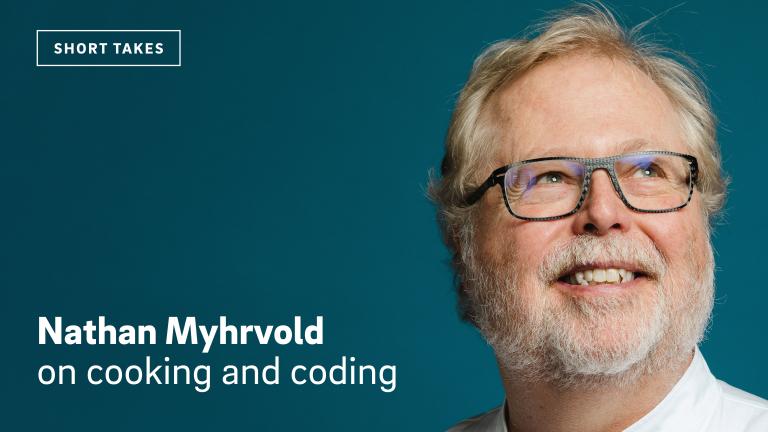
One of your collaborators, the chef Chris Young, once said you consider food "water with a bunch of impurities." Is that the physicist and scientist shining through?
Nathan Myhrvold is a jack-of-all-trades. The Seattle native started college at 14 and went on to study mathematics, geophysics and space physics before earning a Ph.D. from Princeton and briefly working under Stephen Hawking at the University of Cambridge. The long-time chief technical officer at Microsoft and founder of the company's research arm has also made waves in a wide range of disciplines, from astronomy and paleobiology to nature photography. He is the co-founder of Intellectual Ventures, a private equity firm that gained notoriety for monetizing a portfolio of more than 70,000 patents.
It's true for lots of results. Here's an example. One of the questions that I asked early on when I looked at pizza is the following: The rim of the pizza is usually high and puffy, while in the middle, the crust is very thin. Why? Nobody knew. The first theory people came up with is it's the weight of the toppings that holds it down. We baked pizza side by side, one with the real ingredients and one with the same weight in sand. Sand, metal, anything we put there, just got pushed right up. The dough is actually quite strong. So then people say: Oh, well, it's because the pizzaiolo is leaving extra dough around the rim. Sometimes that's true, but even if you make one dead-flat pizza, it happens. It turns out the reason is this: Sauce is water with impurities. And water boils at 100°C. It doesn't matter how hot the rest of the oven is, as long as that sauce has not dried out completely, it's no hotter than 100°C. While you're putting the pizza in an oven that may be 500°C, you are putting this very cold layer on top of the crust. That's what prevents it from rising.
Much about making good food, then, is really applied science and doing experiments. What part of cooking is about gut feeling and habit?
There's a mixture. I like to use architecture as an example. It can be an art, but it also has to be pragmatic. Most buildings in the world are not great art, they are made to keep the weather out and be cost-effective. But occasionally, you can construct these amazing buildings – if you understand how buildings hold up. Look at Frank Gehry's museum in Bilbao with its soaring curves. You can't build that unless you understand structural engineering very well. People would figure out the design for a traditional house or church and copy it for 100 or 1,000 years because they knew it worked. In cooking, we call that a recipe. If you want to be that Frank Gehry of food, you need to get into art. But as you deviate more and more from the recipe, you're eventually going to fail if you don't understand the standard or what made the recipe work. This kind of understanding of your medium enables you to create art.
"Cooking is a sort of microcosm of what you would do in almost any large project. Because of that short timeframe, you get to practice it over and over."
So, is a beautiful plate of food comparable to a painting or a piece of music?
Art is generally defined as a way of provoking thoughts, feelings, emotions, and possibly even a dialogue with those that consume the art. In the case of food, you consume it directly. I wouldn't consider every piece of food art, but in the hands of someone with the right creativity to me it meets every definition of art as much as painting, music, dance or architecture.
You spent 13 years at Microsoft, including as the company's first chief technology officer and founder of Microsoft Research. Do you find working in tech and writing code similar to working in the kitchen?
My experience in technology has many facets to it. Certainly one was realizing the incredible power computing has in many areas. Writing software is a creative endeavor that also involves a great deal of science and technology and rules. Software is as close to magic as anything we've ever created. In Harry Potter books, you have people say Latin-sounding words and someone turns into a frog, or sparks fly. Software is like that in the sense that all you have to do is arrange a set of words in a very tactical meaning and you get something that not only is very valuable, but takes on almost a life of its own.
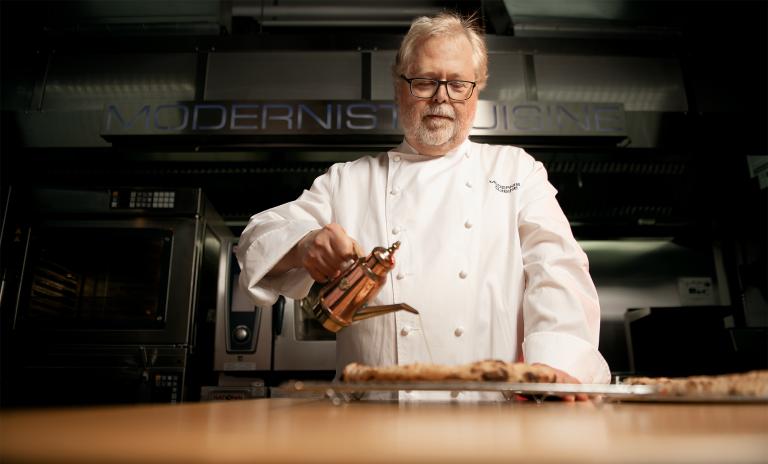
You are a man of many interests and passions, ranging from your current business endeavor, a private equity company called Intellectual Ventures, to photography, archeology, astronomy and nuclear physics. How does one keep the mind open for so many different disciplines?
We reward people who learn more and more about less and less until they've become an expert on a very narrow topic. Now, if I had to have brain surgery, that's the kind of person I'd want. I've always had trouble being interested in only one thing. Mainly through a force of will, I could make myself do it. I was lucky that I was able to develop the breadth of my interests when I was 9 or 10. I think premature specialization is problematic for children.
How so?
It's bordering on tragic when people early on get locked into doing something as their life's work they don't really love. First of all, it's very hard to be good at something you don't really love because you're just not going to spend enough time thinking about it and trying. It'll be just a job. Delaying specialization as long as you reasonably can makes a lot of sense because it's through that delay that you are more likely to experience things. Most adults do a job they didn't know existed when they were a child. The more you channel people at a very young age directly into jobs, particularly jobs that don't have a deep educational background, the more you're going to trap them in something.
Can a manager or executive gain new perspectives from working in a kitchen?
Cooking is a task that has multiple attributes, starting with planning. It's got a certain amount of science and engineering behind it regarding what foods or raw materials you have to combine to make a cake versus roasting a chicken. It also has a creative aspect. Unlike most things in business, that cycle of planning, acquiring the raw materials, preparing them, getting ready and serving them is relatively short. For most people, it happens in a single day or a few hours. So cooking is a sort of microcosm of what you would do in almost any large project. And because of that short timeframe, you get to practice it over and over. Practice is something cooking really reinforces. I would say for an executive, cooking is a great way to teach team-building and practice in a microcosm that has a complicated enough set of steps that it's non-trivial, but still simple enough and low-enough risk. So what if the cake doesn't come out or dinner's a little burned on the edge?
Read more:
Modernist Pizza by Nathan Myhrvold and Francisco Migoya, 1,708 pages. Phaidon, 2021. $425.
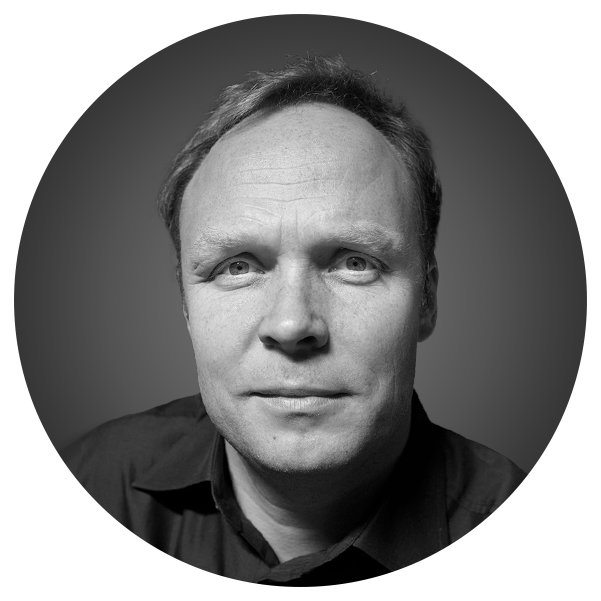
![{[downloads[language].preview]}](https://www.rolandberger.com/publications/publication_image/ta39_en_covers_1_final_download_preview.jpg)
What if we could journey to the future to gain insights for 2050 and beyond? Think:Act gives you a playbook for the future to adapt, survive and thrive.
